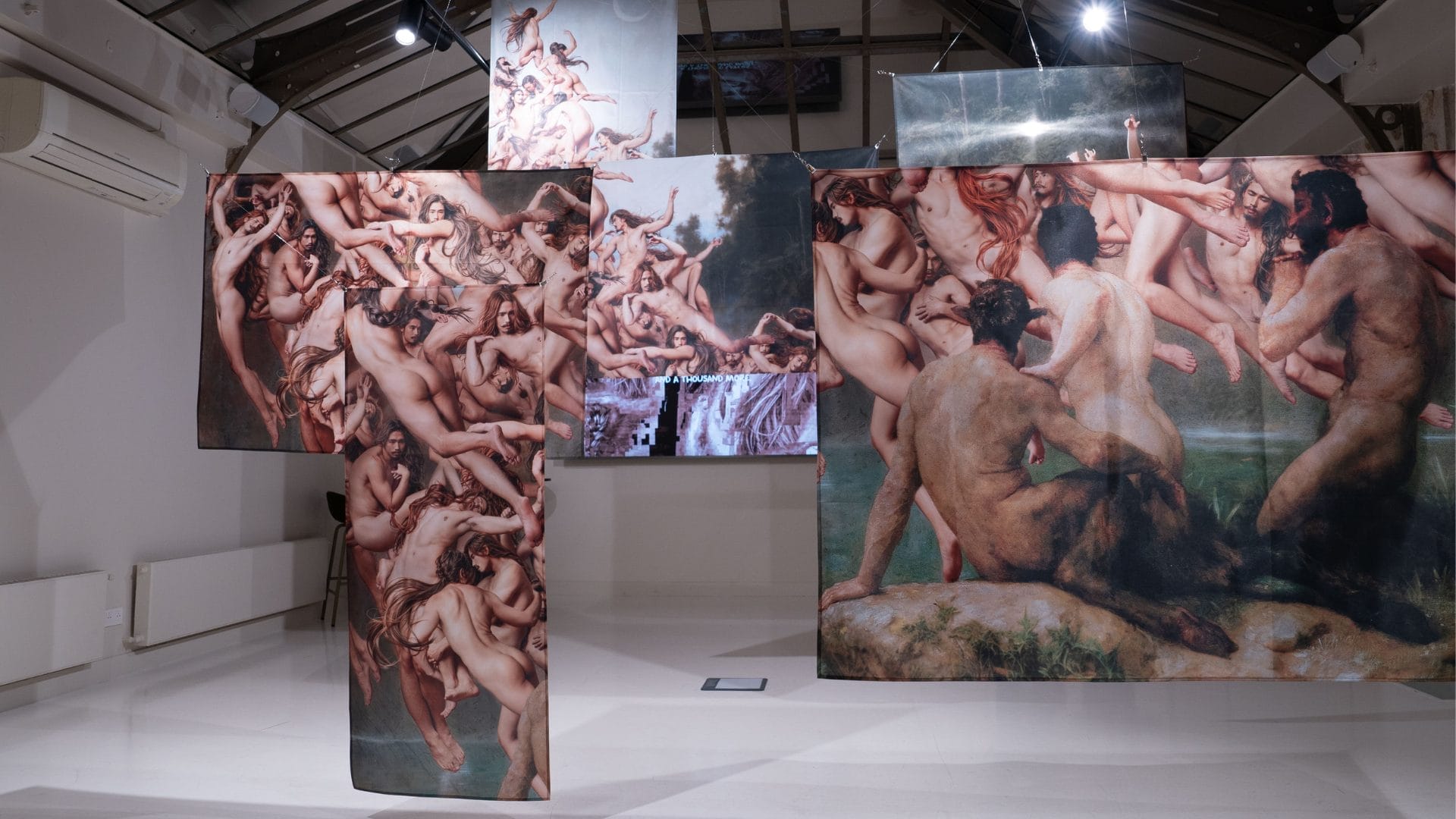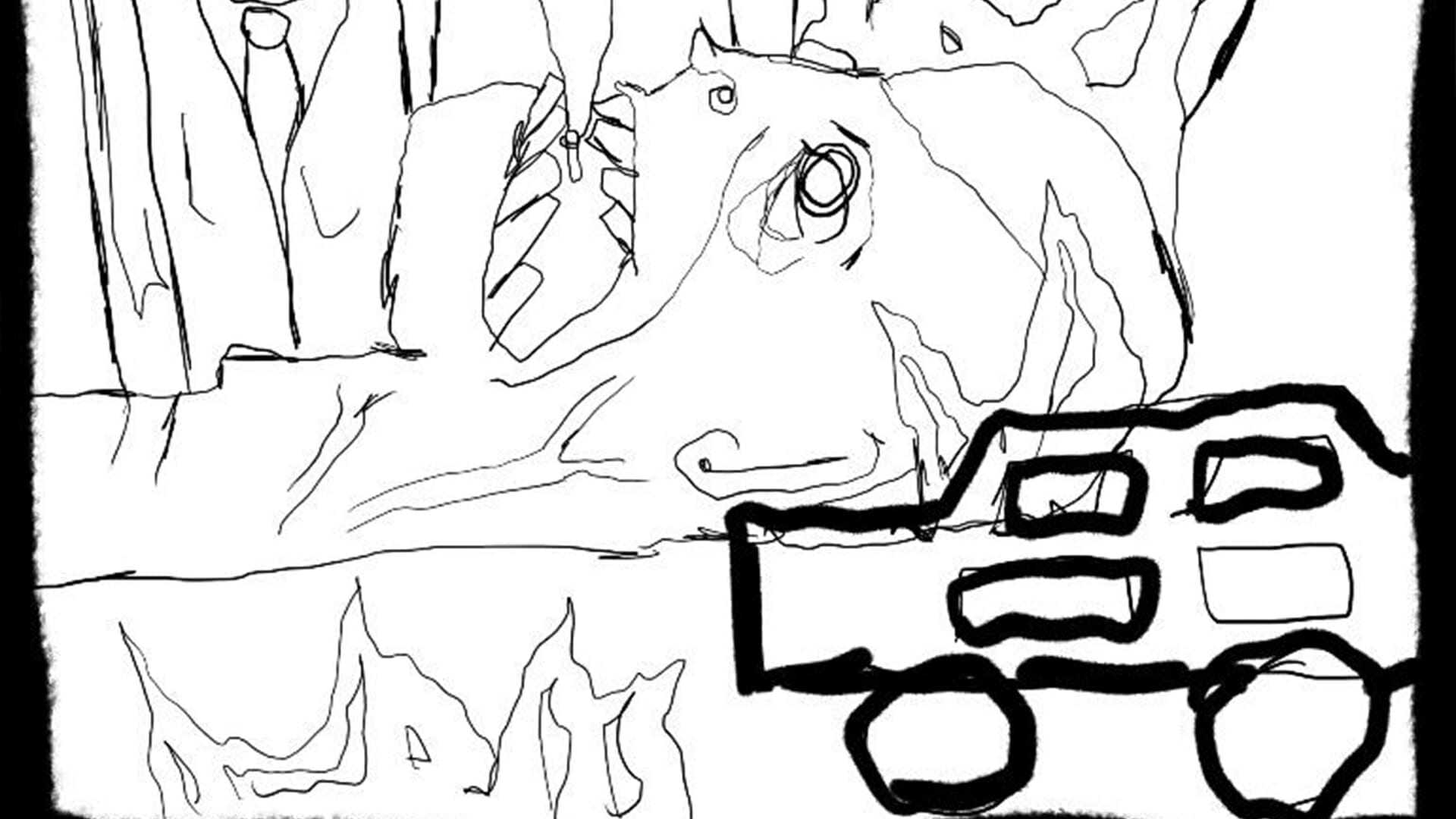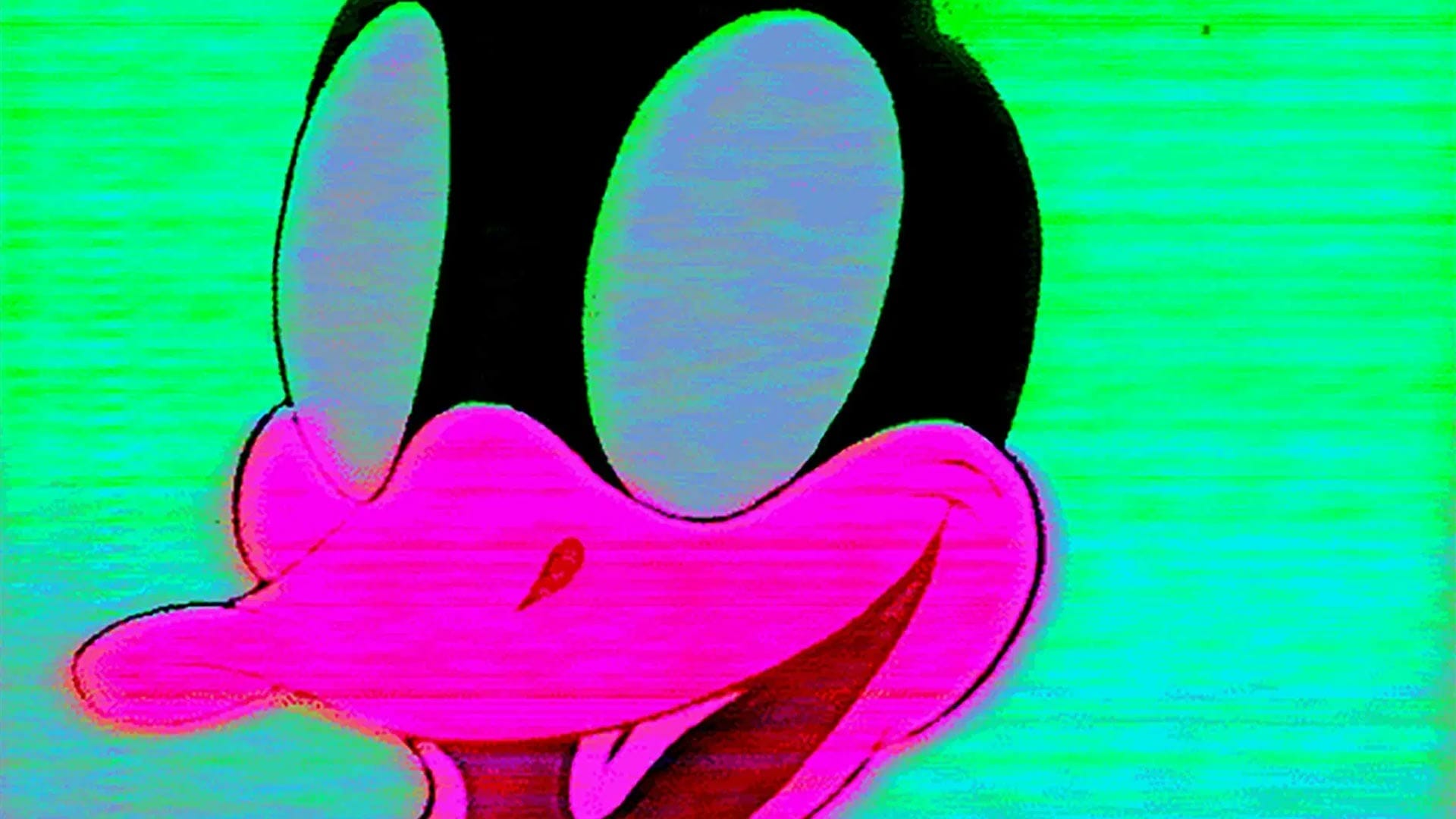
Max Capacity: Pixelated Passages & The Digital Reinterpretation of Nostalgia
The Genesis of Max Capacity ‘s Artistic Vision
Max Capacity ‘s artistic journey began with an obsession for the tangible relics of the past — objects like vinyl records, cassette tapes, and 8-bit video games that shaped the cultural memory of his generation.
His fascination with these elements is rooted in their ephemeral, transitory nature. From here, a paradox emerges: these media, in their original forms, degrade and disappear over time, yet their content — the music, narratives, or visuals they contain — remains relevant, often evoking a powerful sense of nostalgia.
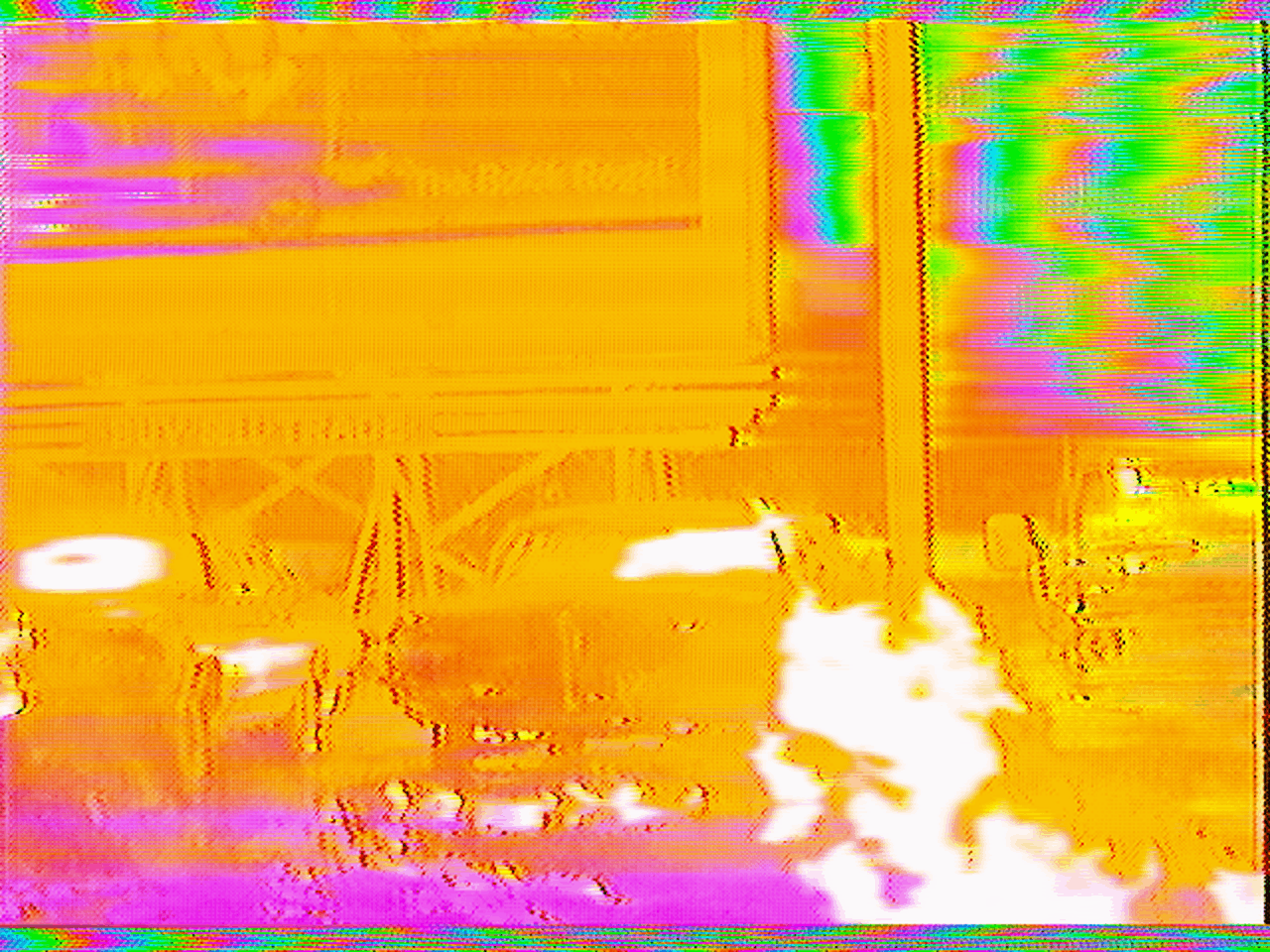
Transformation and Renewal in Max’s Digital Canvas
In his work, Max leverages a wide array of digital tools — glitch techniques, AI algorithms, pixel manipulation, GIFs, and mixed media — to breathe new life into these once doomed artifacts.
His art is fundamentally about transformation and resurrection: it chronicles the journey of old, decaying media into new, digitally rendered forms. It’s a metaphor for the timeless struggle between decay and renewal, obsolescence and relevance, the past and the future.
One distinctive feature of Max’s art in fact lies in the fascination with the beauty of decay and disintegration. Whereas most people may view signs of wear and tear as flaws, Max Capacity sees them as a testament to the passage of time and the persistence of memory.
This unconventional aesthetic is particularly visible in his glitch art and pixelated creations, where disruption and disarray are not errors, but essential features of the artwork.
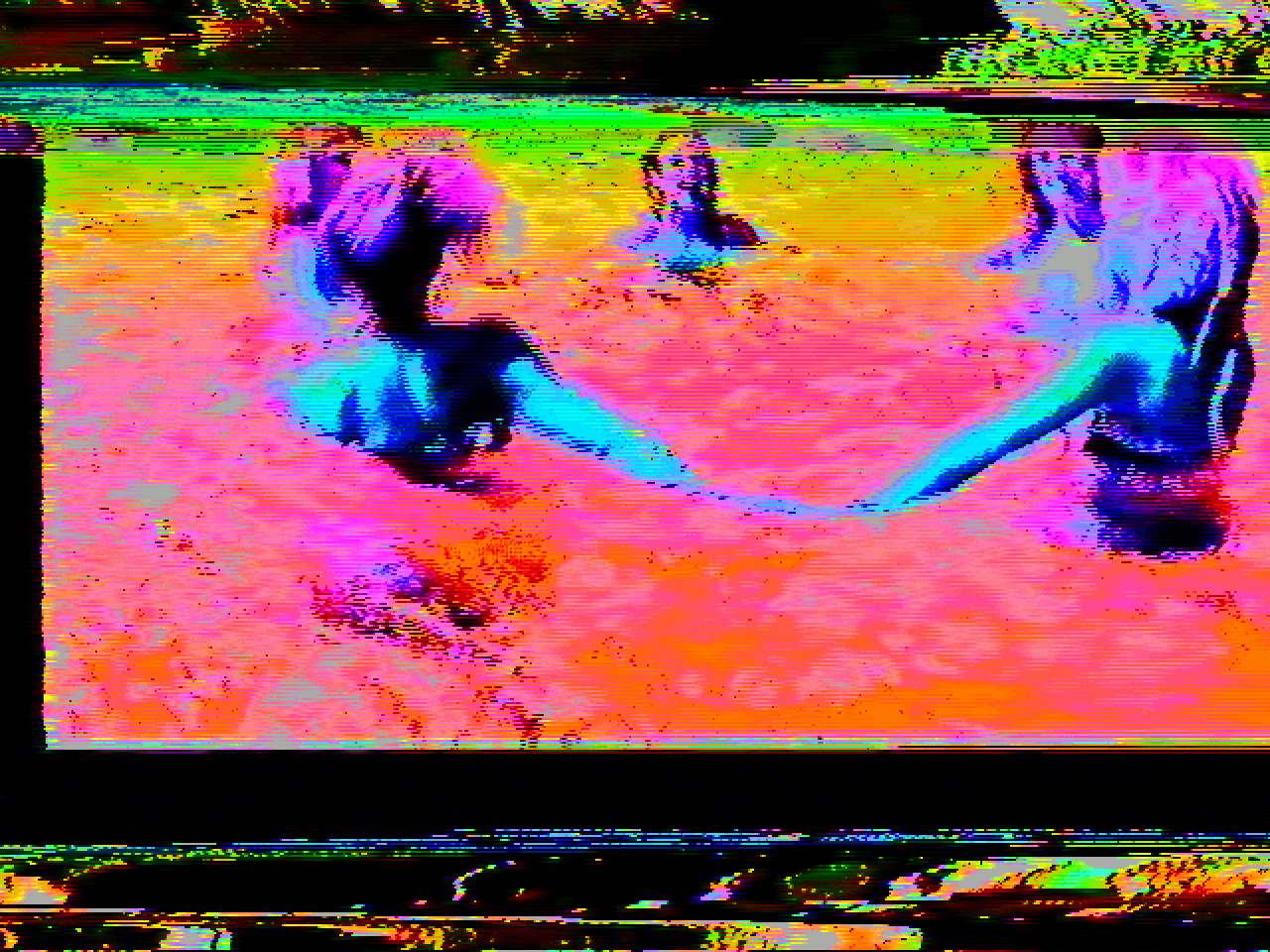
A Time Capsule in Pixels: Transporting Viewers across Time
The appeal of his work has a universal resonance, evident in its widespread recognition and acclaim. Major media outlets like VICE, The Verge, and WIRED have covered his innovative approach to digital art. His work has also reached global audiences through exhibitions in renowned institutions such as the Museum of the Moving Image in New York and the Art Gallery of Ontario in Toronto.
In the evolving digital scene, his creations have also gained traction throughout crypto and NFT communities, further illustrating the intersection of his art with modern technological trends.
Another compelling aspect of Max Capacity ‘s work is its ability to transport viewers across time. In many ways, his art serves as a time capsule, encapsulating distinct eras within each piece.
However, rather than merely recreating past experiences, Max Capacity adds a unique layer of reinterpretation, transforming nostalgia into something new and contemporary. A unique fusion of past and present in his works, that creates a new language of expression leading viewers on a journey through time.
Through this novel dialogue, Max challenges our perceptions, inviting us to see beauty in unexpected places and to reconsider what we deem worthy of preservation.
fakewhale
Founded in 2021, Fakewhale advocates the digital art market's evolution. Viewing NFT technology as a container for art, and leveraging the expansive scope of digital culture, Fakewhale strives to shape a new ecosystem in which art and technology become the starting point, rather than the final destination.
You may also like
Manuel Fois: Bridging the Auditory and Visual Aesthetics
“Translation is the act of communicating the meaning of a source-language text by means of an
ArtVerse in Conversation with Fakewhale
Sebastien Borget has spent years shaping the digital landscape as co-founder of The Sandbox, one of
5 – Contraceptives Finally Used for Good
Route 66 to California, United States The four men looked at each other, knowing they just captured


